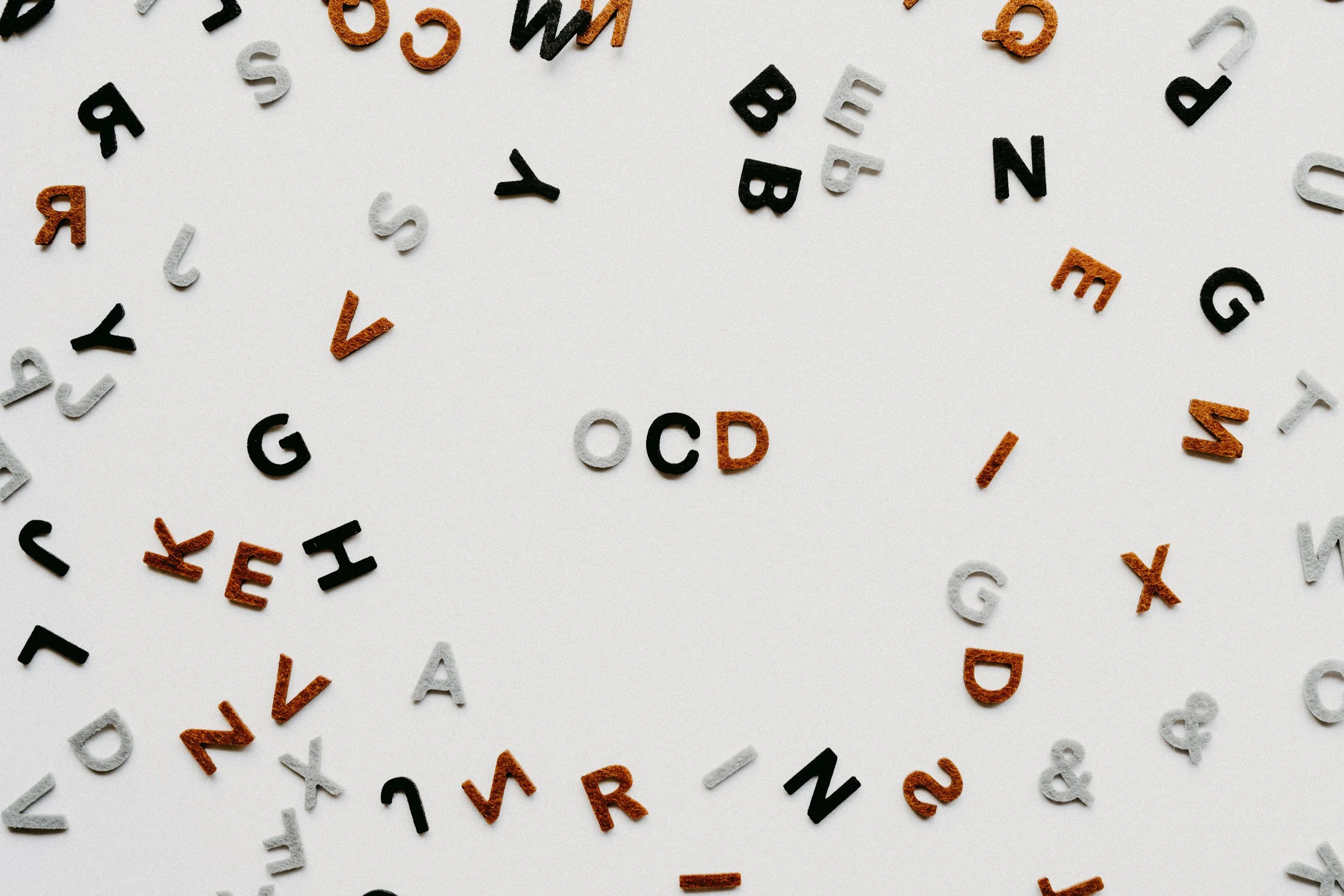What is Anxiety Disorder?
Anxiety disorders are among the most common mental health conditions, characterized by excessive fear, worry, and physical symptoms such as restlessness, rapid heartbeat, and difficulty sleeping. These disorders can include Generalized Anxiety Disorder (GAD), Social Anxiety, Panic Disorder, Separation Disorder, and OCD.
Anxiety can interfere with daily life, relationships, and overall well-being. With evidence-based treatments like Cognitive Behavioral Therapy (CBT) and other therapeutic approaches, individuals can learn to manage symptoms and improve their quality of life. Support is available for children, teens, and adults experiencing anxiety.
-

Generalized Anxiety Disorder (GAD)
GAD is a mental health condition characterized by excessive, ongoing worry about everyday things. It often includes symptoms like restlessness, fatigue, and trouble sleeping, and can affect daily life.
-

Social Anxiety
Social Anxiety is a fear of being judged or embarrassed in social situations. It can cause intense worry, avoidance, and physical symptoms like sweating or a racing heart.
-

Separation Anxiety
Separation Anxiety is excessive fear or distress about being away from someone important, usually a parent or caregiver. It is common in children but can affect adults as well. Symptoms include clinginess, worry about harm to loved ones, and difficulty being alone.
-

OCD
OCD involves unwanted, intrusive thoughts (obsessions) and repetitive behaviors or mental acts (compulsions) performed to reduce anxiety. It can interfere with daily life but is treatable with therapy and medication.

